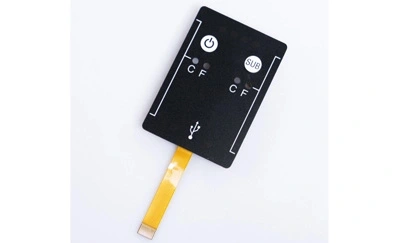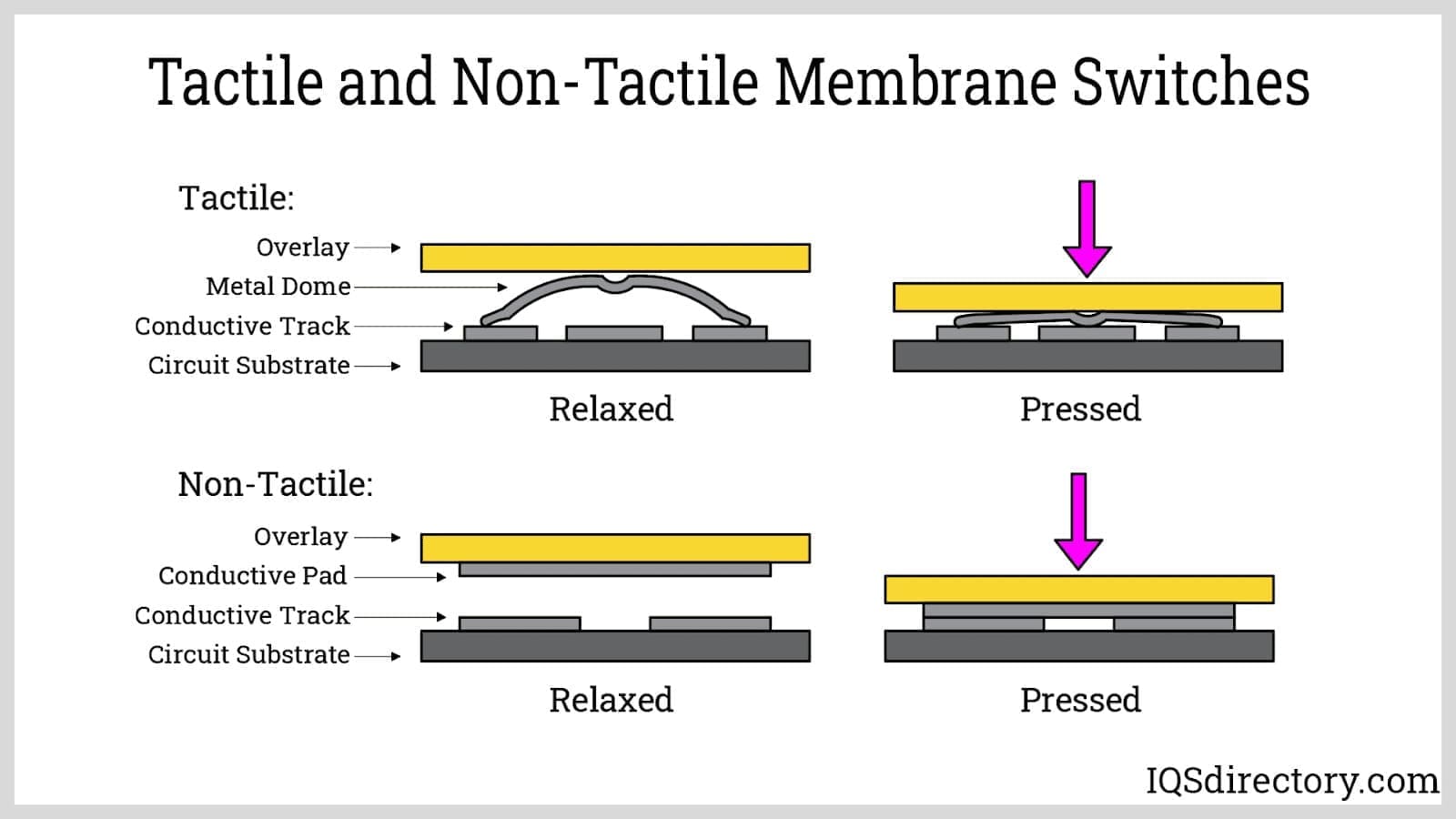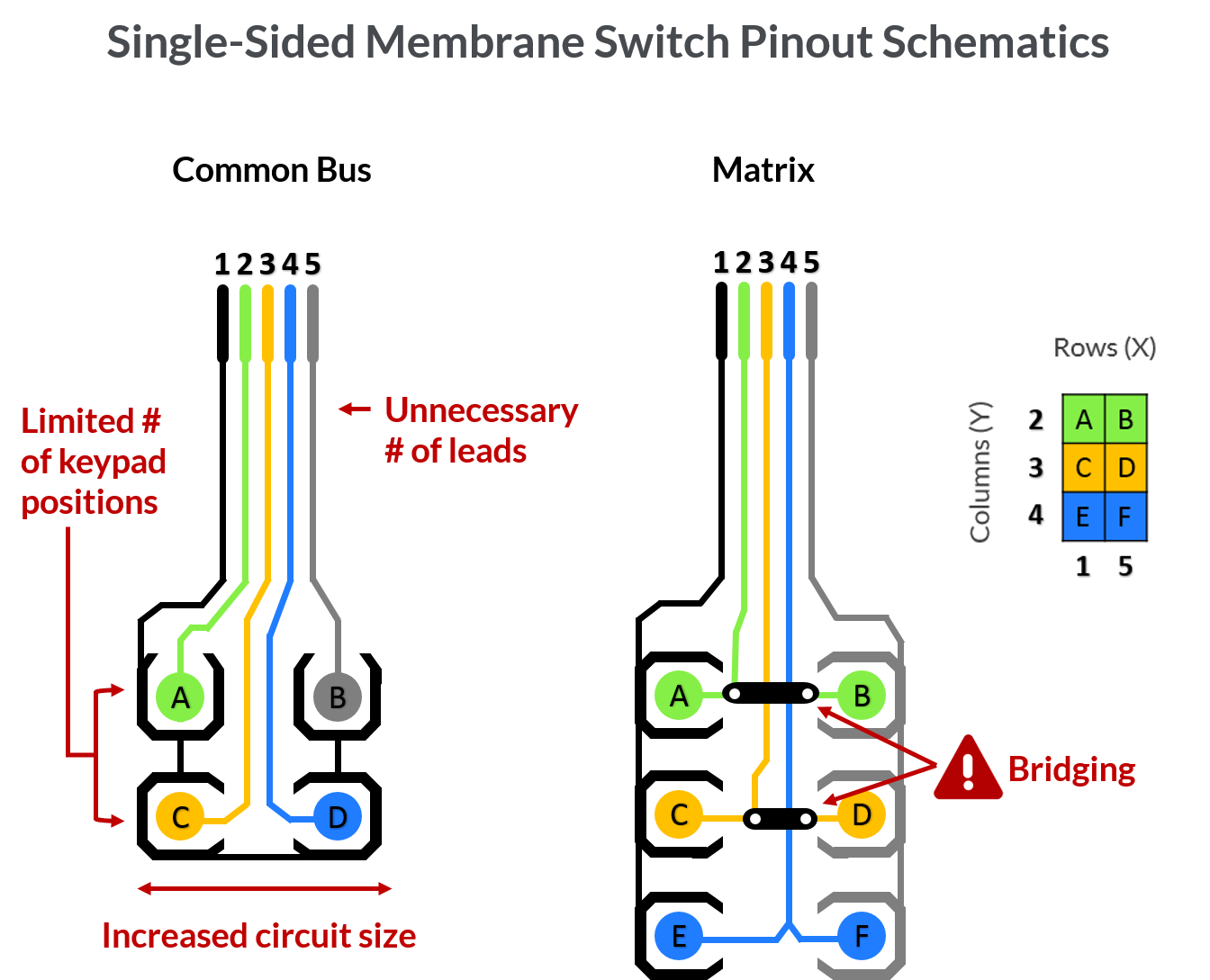The Manufacturing Process Behind Membrane Switch Over: What You Need to Know
The production process behind membrane layer switches combines cautious design, material option, and quality assurance. It starts with recognizing the ins and outs of membrane button layout and proceeds with various phases, consisting of material choices and printing strategies. Each phase plays an essential function in ensuring capability and resilience. The intricacies of layer building and construction and the strenuous screening standards may reveal understandings that are not promptly apparent. What lies past these fundamental elements?
Comprehending Membrane Layer Switch Style
Membrane layer buttons may appear straightforward at first glance, their style includes complex factors to consider that assure capability and resilience. The style procedure starts with a detailed understanding of user requirements, including the interface's intended application and environmental aspects. Comfort designs is a crucial element, as the design needs to assist in convenience of usage while ensuring that responsive feedback satisfies individual expectations.Moreover, the layering of parts, such as graphic overlays, glue layers, and conductive traces, must be exactly crafted. membrane switch. This layered configuration not only influences the switch's responsiveness however also influences its long life. Attention is provided to the sealing techniques utilized to shield versus moisture and dirt, which could endanger performance. In addition, layout considerations include visual appeals, where color systems and aesthetic quality improve user experience. Inevitably, the design of membrane changes balances capability, individual experience, and toughness, guaranteeing that they meet the demands of different applications efficiently
Products Utilized in Membrane Switch Over Manufacturing
When choosing products for membrane layer switch production, it is vital to contemplate both efficiency and sturdiness. The primary materials include polyester and polycarbonate movies, which offer adaptability and stamina. These movies are commonly coated with sticky to guarantee correct bonding to substrates. Conductive inks, commonly composed of silver or carbon, are essential for producing electric connections within the button, enabling dependable operation.Additionally, a safety layer, such as a hard coat, is regularly put on improve scrape resistance and long life. The choice of backing product, such as acrylic or foam, can considerably affect the button's responsive feel and general customer experience. Numerous environmental elements, consisting of temperature level and humidity, need to guide material choice to ensure peak efficiency in details applications. Ultimately, the best mix of products adds to the membrane switch's performance and life expectancy, making educated selections essential for producers.
The Printing Refine: Creating Video and Text
The printing procedure in membrane layer button production plays a substantial role in producing top quality graphics and message. Different graphic style methods are utilized to ensure visual appeal and functionality, while cautious ink option approaches are necessary for longevity and efficiency. Recognizing these components is essential for accomplishing ideal results in membrane switch design.
Graphic Design Techniques
Graphic layout strategies play a necessary function in the printing process of membrane layer buttons, as they define just how graphics and text will ultimately appear on the last item. Efficient graphic layout includes the strategic use designs, fonts, and shades to enhance readability and aesthetic charm. Designers usually use vector graphics for scalability, ensuring that pictures remain sharp at different dimensions. Furthermore, focus to comparison and placement is crucial, as it influences individual interaction and aesthetic top quality. The unification of branding elements, such as logo designs, must be managed with care to preserve brand name stability. On the whole, thoughtful graphic layout techniques add substantially to the performance and good looks of membrane switches, influencing individual experience and item efficiency.
Ink Selection Techniques
Picking the appropriate ink is vital for attaining the desired visual top quality and durability in membrane switch manufacturing. Numerous ink kinds are utilized, including solvent-based, water-based, and UV-curable inks. Each kind provides unique features, such as resistance, flexibility, and adhesion to environmental aspects. Solvent-based inks are often favored for their resilience and vivid shades, while water-based inks are more environmentally friendly but might have constraints in attachment. UV-curable inks give quick healing and robust efficiency. In addition, shade matching methods ensure that the chosen inks line up with design specifications. Ultimately, the choice of ink must take into consideration variables such as application approach, substratum compatibility, and end-use demands to accomplish exceptional lead to membrane layer switch graphics and text.
Layer Building and Assembly

Material Choice Refine
A mindful selection of materials is crucial in the manufacturing process of membrane switches, as it directly influences performance and toughness. The key products used include polyester, polycarbonate, and different conductive inks. Polyester is commonly preferred for its superb resistance to chemicals and abrasion, making it ideal for harsh environments. Polycarbonate, on the other hand, provides superior quality and influence resistance, which is beneficial for applications requiring visibility and robustness. Conductive inks, typically made up of silver or carbon, are essential for developing trusted electric pathways. Additionally, the choice of glue products affects the general integrity of the switch - membrane switch. Evaluating variables such as ecological direct exposure, responsive comments, and aesthetic requirements overviews makers in choosing the most effective materials for their details applications
Layer Bond Methods
Adhering layers in membrane button building is an important procedure that assures performance and longevity. Numerous bond methods are employed to safeguard suitable bonding between layers, which typically consist of making use of adhesives, warmth, and stress. Pressure-sensitive adhesives (PSAs) are commonly made use of for their convenience of application and instant bonding capabilities. Furthermore, thermal bonding techniques can be used, where heat is made use of to trigger glue buildings, protecting a strong bond. The selection of bond approach largely relies on the materials entailed and the specific application needs of the membrane switch. Proper placement and uniform application of adhesives are necessary to avoid issues, securing the button runs efficiently throughout its desired lifespan.
High Quality Control Measures
Ensuring quality assurance during the layer building and setting up of membrane switches is necessary for maintaining performance and dependability. This process normally entails several vital actions, including comprehensive assessments at each phase of production. Producers use innovative screening methods, such as peel tests and attachment assessments, to verify the stability of layer bonds. Furthermore, aesthetic inspections are carried out to determine any type of flaws in printing or product incongruities. Ecological problems, such as temperature level and humidity, are carefully kept track of to ensure excellent healing and bond. Moreover, regular calibration of equipment aids keep specific production requirements. By implementing these top quality control measures, producers can substantially reduce the risk of item failing, ensuring that the final membrane switches over satisfy the required requirements and consumer assumptions.
Evaluating and Quality Assurance Measures

Technologies in Membrane Layer Change Technology
As innovations in modern technology remain to evolve, membrane layer switches are gaining from cutting-edge websites growths that improve their functionality and customer experience. One Visit Your URL significant innovation is the assimilation of capacitive touch innovation, which enables even more user-friendly and receptive interface. This change not only boosts appearances however additionally minimizes mechanical wear and tear, prolonging the lifespan of the switches.Additionally, improvements in graphic overlay products have resulted in boosted toughness and resistance to environmental aspects such as dampness and UV light. These materials currently offer improved clarity and brightness, more elevating the visual appeal.Furthermore, the unification of smart technology is changing membrane layer switches into interactive control board, enabling connectivity with IoT tools. This connection fosters a smooth individual experience, leading the method for applications in different markets, from health care to customer electronics. Jointly, these advancements setting membrane changes as essential components in contemporary gadget layout.
Regularly Asked Questions
How much time Does the Membrane Layer Change Production Refine Take?
The period of the membrane layer switch manufacturing process can vary significantly. Aspects such as intricacy, products used, and production volume influence timelines, with common production ranging from a few days to a number of weeks for completion.
What Are the Typical Applications for Membrane Switches?
Membrane switches are typically used in different markets, including automobile controls, home home appliances, medical devices, and consumer electronics (membrane switch). Their versatility and resilience make them perfect for applications needing easy to use interfaces and dependable performance in varied settings
Can Membrane Layer Changes Be Personalized for Particular Needs?

What Is the Life-span of a Typical Membrane Change?
The life-span of a regular membrane switch varies, however normally, it varies from 1 to 5 million cycles. Variables such as usage, environment, and material quality considerably affect longevity and overall performance over time.

Are Membrane Layer Changes Eco-friendly?
The ecological kindness of membrane layer changes varies. Some materials used may not be recyclable, while others can be green. The total impact depends on producing practices and materials, requiring mindful factor to consider throughout selection and disposal. The manufacturing procedure behind membrane layer switches combines careful design, product selection, and high quality control. It begins with comprehending the intricacies of membrane button design and progresses via numerous phases, consisting of product selections and printing strategies. When picking materials for membrane layer button manufacturing, it is necessary to ponder both performance and sturdiness. A cautious option of products is necessary in the production procedure of membrane switches, as it directly influences performance and toughness. The option of attachment method mostly depends on the products included and the certain application needs of the membrane layer switch.